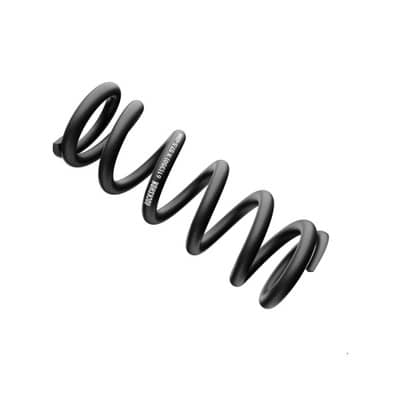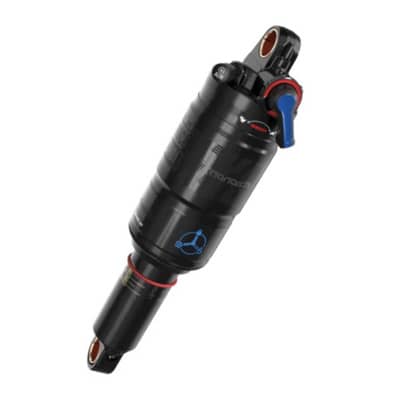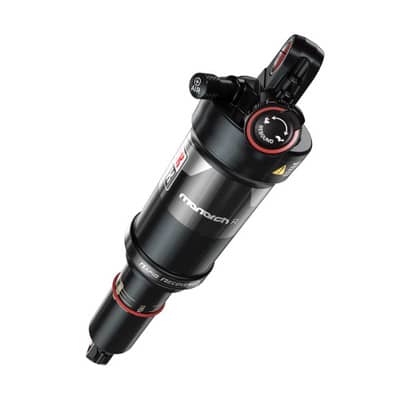Damper
Depending on the use and type of wheel, there are different models. The dampers differ in design depending on the use and type of wheel.
41.90 €*
excl. shipping costs
In stock, available
-16%
449.00 379.00 €*
free shipping
In stock, available
SALE -{{UVPPercentDiscount}}%
-{{UVPPercentDiscount}}%
new {{jahr}}
{{#UVP}} {{UVP}} {{/UVP}} {{record.Preis}}*
{{#FreeShipping}} free shipping {{/FreeShipping}} {{^FreeShipping}} excl. shipping costs {{/FreeShipping}}
{{^onStock}}Lieferzeit: {{/onStock}}{{record.Lieferbarkeit}}
- {{caption}}
- {{caption}}
- {{caption}}
- {{caption}}
- ...
- {{caption}}
- ...
- {{caption}}
- {{caption}}
- {{caption}}
- ...
- {{caption}}
- {{caption}}
- ...
- {{caption}}
- {{caption}}
- {{caption}}
- {{caption}}
An overview of the different bicycle dampers
-
Suspension forks: these shocks are located at the front of the bike and absorb shocks and bumps. They are essential on mountain bikes and come in different varieties such as air or steel suspension. Air suspension forks are lighter and can be adapted for different types of terrain, while steel suspension forks are more robust and are often used on downhill bikes.
-
Rear shock: These shocks are located at the rear of the frame and are typical of full-suspension mountain bikes. They provide better traction and control, especially on technical terrain. Rear shocks can have different suspension types such as air, steel or hydraulic systems.
-
Seatpost shock: This shock is located in the seatpost and provides additional damping for the rider. It absorbs shocks and vibrations, which increases comfort, especially on longer rides. Seatpost shocks are often found in trekking or city bikes.
-
Fork Damper: This type of damper is integrated into suspension forks and ensures a controlled return of the fork to its initial position after compression. Fork dampers are important for stabilizing the bike's handling and preventing bounce.
The right choice
Choosing the right shock depends on your riding style and terrain conditions. For aggressive mountain biking with jumps and challenging terrain, high-quality suspension forks and rear shocks are essential. For long tours on a variety of road surfaces, a seatpost damper might increase comfort.
Remember that a well-tuned suspension will improve your bike's handling and control, while the wrong choice can lead to poor performance and discomfort. Consult a professional or expert to determine the best shock options for your bike.
Overall, shocks are critical to optimizing your riding experience on the bike. Whether you're on the trail or on the road, the right suspension can make all the difference and help you have a more enjoyable and safer riding experience.
The text contains exactly 300 words. If you have any further adjustments or questions, please feel free to contact me!





